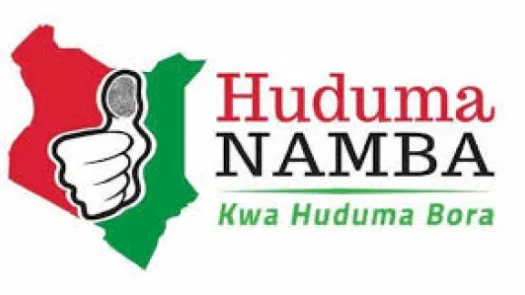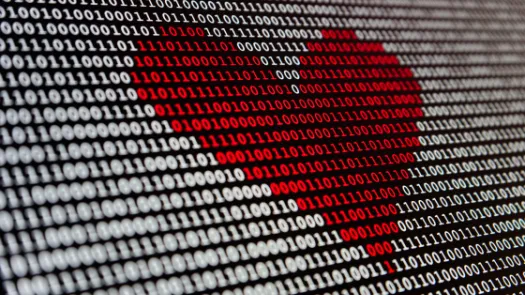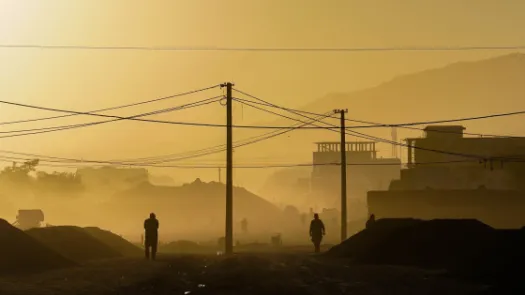Understanding Identity Systems Part 2: Discrimination and Identity
Explainer
Post date
31st January 2019

This is the second part of Understanding Identity Systems. Read Part 1: Why ID?, and Part 3: The Risks of ID.
The existing identity landscape
- Every country has an existing landscape of ways in which people can identify themselves. This can include an existing ID card system, but also a range from birth registration, to passports, to driver licenses. The effectiveness of these systems may be unevenly distributed, or otherwise problematic.
- The nature of the existing ID landscape varies greatly from place-to-place. For example, in India, the number of existing forms of documentation for identity is massive, compared to a country such as Kenya where many lack documentation.
- Similarly, it's important to recognise that the spread of factors like birth registration across a country might be uneven. This could have consequences, for example, in making it hard for certain groups to gain access to a new ID.
Private companies' access to identity data
- Having access to a centralised ID database is a move that occurs in some schemes. This can mean that, for example, apps are able to use the ID system to verify the identity of its users. An example of this is sometimes known as "eKYC" - electronic Know Your Customer.
- This, however, can generate additional privacy concerns. It can create a situation where multiple databases, across multiple companies, are all linked back to a single ID number; this enables individuals to be tracked and profiled across multiple areas of their lives.
- The power of that tracking and profiling can be attractive to the private sector. To prevent this, measures should be taken to limit how the private sector uses this data. Examples include the efforts of some US states to avoid the spread of social security numbers in the private sector, and the limitations placed by the Singapore data protection authority on the private sector gathering or storing ID numbers.
Providing ID to the undocumented
- An important question is, how does enrolment in an ID system operate for those without existing documentation, for example a birth certificate? What measures are in place for those individuals? This creates a risk of excluding populations – particularly those who are migrants or the children of migrants, whether or not they are actually citizens.
- An example of how this has been done is in India, where individuals who lack documents can sign up for Aadhaar using an “introducer”, who will vouch for the individual. However, it should be noted that this has only ever been used for a very small fraction of total Aadhaar enrolments – 0.03%; this indicates that almost all of people who have enrolled for Aadhaar have existing ID documents.
Special processes for people of certain backgrounds, for example vetting
- Members of some groups may face additional hurdles in gaining access to ID. This could be a need to provide particular information that a certain group largely lacks, or specific requirements for a particular group or area of the country.
- In Kenya, people in the north of the country near the Somalian border are required to undergo additional “vetting” in order to get an ID, thus they face additional hurdles before being granted an ID compared to other Kenyan citizens.
- Racism and discrimination can play a role in this. A report by the UN Special Rapporteur on racism found that people of Haitian descent were discriminated against in the Dominican Republic by the agency who issued identity documents, meaning that they had difficulty getting the documents required for them to establish their citizenship and remain in the country.
Supplanting or replacing other forms of ID
- While there may be a multiplicity of identity documents that a person may hold, sometimes it is the case that a single ID system seeks to supplant or replace the earlier system – and thus become the dominant ID.
- This could involve, for example, making the ID a requirement for applying for other forms of ID, like a passport or driving license.
- An example is Ireland: in February 2018, it was announced that the Public Services Card (PSC) would be mandatory for taking the driving theory test required to get a driving license. The effect of this would be to make it impossible to get a driving license – a key source of identification – without having the PSC. However, in the face of objections to this, the requirement to have a PSC to take a driving test was dropped.
Citizens and residents
- Different countries have different rules for who is entitled to an ID card: it can sometimes be only for citizens, but in some countries it is open to residents as well.
- In India, an Aadhaar card is supposed to be available for anyone who meets the residency requirement (having stayed in India for more than 182 days).
- It has to be understood what the consequences of a decision to make a card open to residents, or citizens. Making ID available to residents may help them accessing goods and services, but on the other hand it means that the ID cannot be used to give proof of citizenship. This could have consequences if the ID largely replaces other forms of identification - like passports and birth certificates - that can form proof of citizenship.
The cost of getting an ID card
- What are the costs involved in an individual for getting an ID card, and are they the same for all members of society in all parts of the country? Some ID cards are free, or have a very low cost for enrolment; however, far larger costs can emerge from the cost of getting breeder documents, or travelling to an enrolment centre.
- These costs can sometimes be significant. For example, in Cote D'Ivoire, the ID card itself costs only 5,000 FCFA (USD$8), but the out-of-pocket costs of getting supporting documents and travel can mean that a card costs 10,000–13,000 FCFA (USD $17-23); the equivalent of one months' wages for some.
- The consequences of the cost of getting an ID can mean that those who cannot afford the cost are excluded.
Continue to Part 3: The risks of ID, or return to Part 1: Why ID?
Our campaign
Our fight
Learn more
Related learning resources



